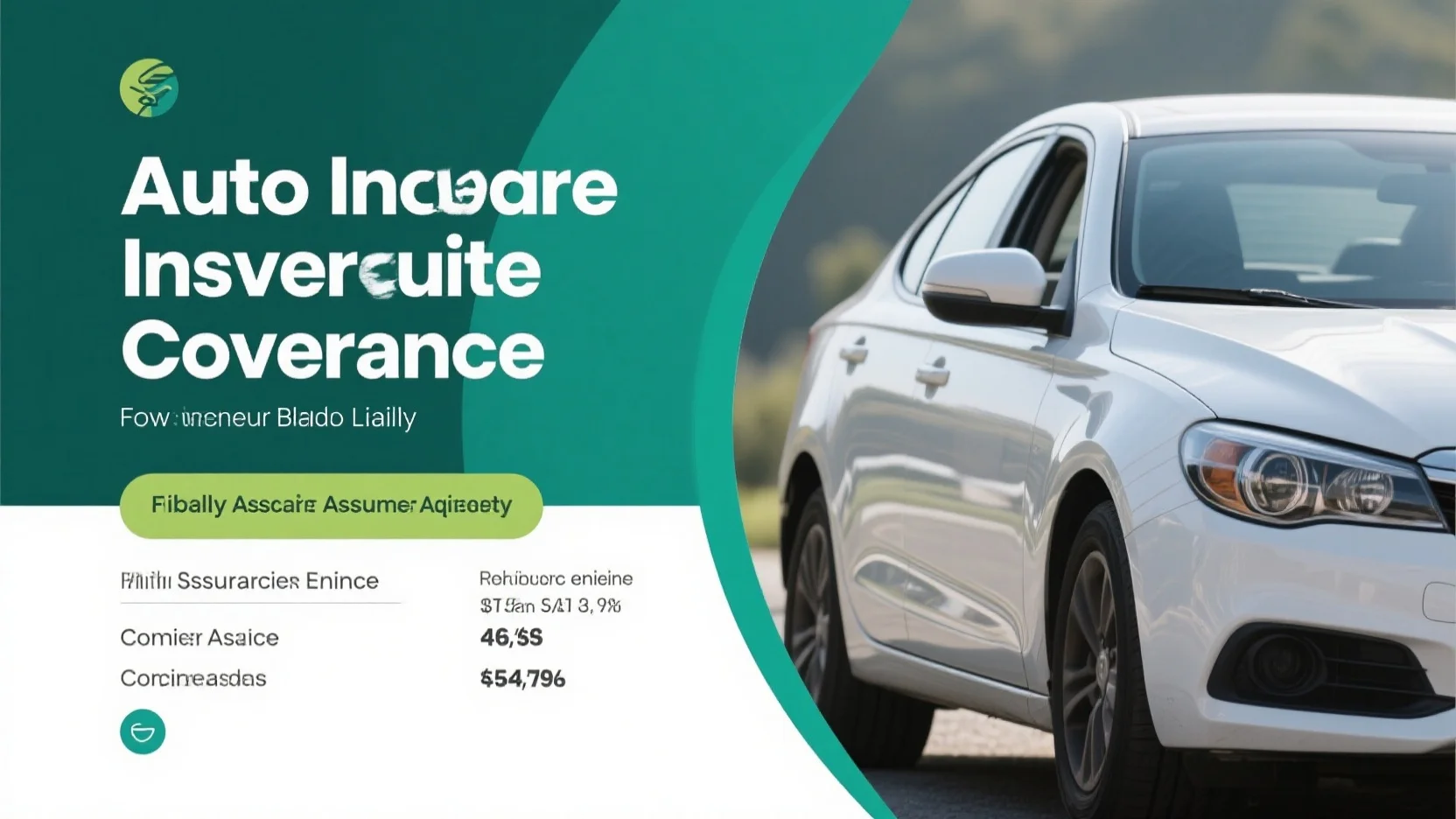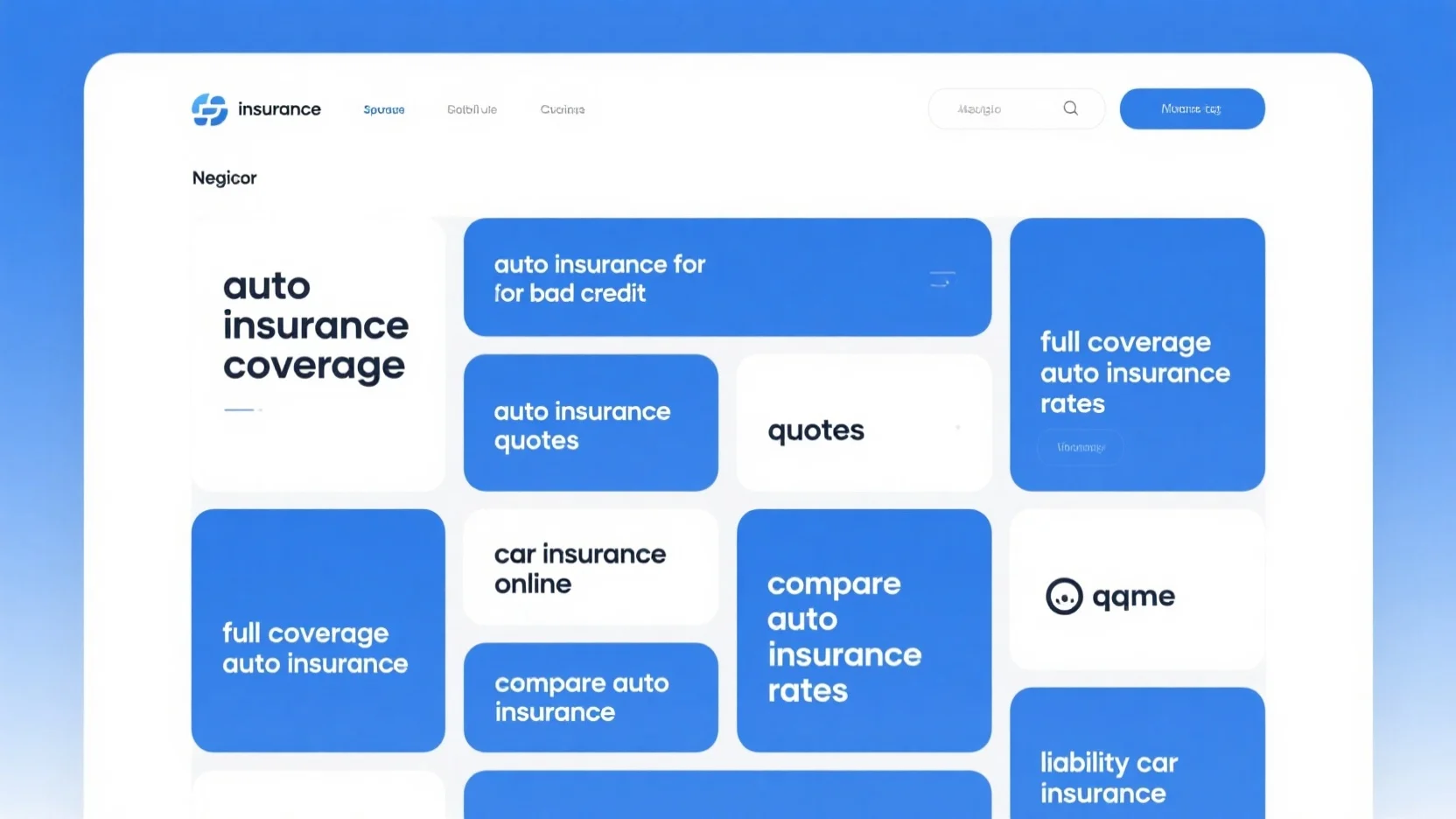
Full Coverage vs Liability-Only Insurance Guide

Image Source: pexels
When picking car insurance, understanding the full coverage vs liability-only insurance comparison can help you make an informed decision. Liability-only insurance pays for damage or harm you cause to others, while full coverage also protects your own car. Full coverage is particularly beneficial if you lease or finance a car, live in risky areas, or use your car on a daily basis.
Key Takeaways
- Liability-only insurance costs less. It pays for damage you cause to others but does not cover your car repairs or medical bills.
- Full coverage insurance protects your car from crashes and other problems like theft or storms. It works well for newer or financed cars.
- Think about your car’s worth and your budget when picking insurance. Liability-only is good for older cars, while full coverage is better for expensive ones.
Full Coverage vs Liability-Only Insurance Comparison
What Liability-Only Insurance Covers
Liability-only insurance helps others if you cause an accident. It pays for injuries or damages to other people or their property. Most states require this as the minimum coverage, making it a common choice for saving money.
Here’s a simple look at what liability-only insurance includes:
| Coverage Type | Description | Average Coverage Amount |
|---|---|---|
| Bodily Injury Liability | Covers another person’s injuries if you’re at fault. | $30,000 per person, $60,000 per accident |
| Property Damage Liability | Pays for damage to other cars or property you caused. | $25,000 per accident |
This insurance meets legal rules and protects others financially. But it won’t pay for your car repairs or medical bills.
What Full Coverage Insurance Includes
Full coverage insurance offers more protection than liability-only plans. It covers your car and helps in many situations. This type of insurance usually has three main parts:
- Liability Coverage : Covers harm or damage you cause to others, like liability-only insurance.
- Collision Coverage : Pays to fix your car after an accident, no matter who caused it.
- Comprehensive Coverage : Protects against non-accident issues like theft, storms, or vandalism.
Full coverage gives you peace of mind by protecting your car in most cases. It’s great for newer or financed cars. Though it costs more, it can save you big money later by avoiding large repair bills.
Knowing the difference between full coverage and liability-only insurance helps you pick what fits your needs and budget best.
Understanding Liability-Only Insurance
Liability-only insurance helps others if you cause an accident. It pays for injuries or damages to people or their property. Let’s explain it more simply.
Bodily Injury Liability
Bodily injury liability is an important part of this insurance. It covers medical bills, lost wages, or legal costs if you hurt someone. This coverage helps you take care of others without huge money problems.
Here’s a simple look at common coverage limits:
| Coverage Type | Amount |
|---|---|
| Maximum payment per person | $25,000 |
| Maximum payment per accident | $50,000 |
Medical bills can get expensive fast. Without this, you might have to pay yourself, which could be very hard financially.
Property Damage Liability
Property damage liability pays to fix or replace someone else’s property. This could be another car, a fence, or even a building.
But there are things it doesn’t cover. Some examples are:
- Damage you meant to cause
- Your own property damage
- Pollution-related problems
- Damage to your work or product
- Personal or advertising harm
Knowing these limits helps you avoid surprises when making a claim. While it protects others, it doesn’t cover your own car or things.
Liability-only insurance is good if you want to save money and meet the law. But think about its limits and compare it to full coverage. This will help you choose what works best for you.
Explaining Full Coverage Insurance
Collision Coverage
Collision coverage helps fix your car after an accident. It covers crashes with cars, poles, or rollovers. If you cause the accident, this coverage pays for repairs.
For example, if you hit a tree, repair costs can be high. Without collision coverage, you’d pay all the bills yourself. With it, your insurance handles the costs. This is very useful for newer or expensive cars.
Here’s a simple table to compare collision and comprehensive coverage:
| Type of Coverage | Collision | Comprehensive |
|---|---|---|
| What it covers | Damage from crashes with cars or objects | Damage from theft, weather, or other non-crash events |
Collision coverage focuses on accidents. It ensures your car gets fixed or replaced. This gives you peace of mind while driving.
Comprehensive Coverage
Comprehensive coverage protects your car from non-accident problems. It covers things like theft, vandalism, or bad weather. For instance, if hail dents your car or a wildfire causes damage, this coverage helps.
Here are some examples of what it covers:
- Theft or vandalism
- Weather like hail, tornadoes, or lightning
- Hitting animals, like a deer
- Natural disasters, such as earthquakes or wildfires
This coverage is important if you live in areas with bad weather or high crime. It saves you from big costs when unexpected things happen.
Collision and comprehensive coverage work together in full coverage insurance. They offer strong protection, making full coverage a smart choice. When comparing full coverage to liability-only insurance, these extras can really matter.
Cost Comparison: Full Coverage vs Liability-Only
What Affects Insurance Costs
Insurance prices depend on many things. Knowing these can help you pick between full coverage and liability-only insurance.
- Age : Young drivers, aged 16-24, pay more. They are seen as risky because they lack experience.
- Driving Record : A good driving history lowers costs. Avoid crashes and tickets to keep rates low.
- Gender : Young men often pay higher rates than young women. This is due to riskier driving habits.
- SR-22 Requirements : If you need SR-22 insurance for past issues, your costs may rise. This is especially true for younger drivers.
Drive safely and understand these factors to save money on insurance.
Average Costs of Full Coverage and Liability-Only Insurance
Full coverage and liability-only insurance have big cost differences. Liability-only insurance costs about $597 yearly. Full coverage averages $1,487 per year. If you qualify for USAA, liability coverage may cost $398, and full coverage could be $1,199 annually.
Here’s a table showing monthly costs in different states:
| State | Liability Coverage | Full Coverage | Difference |
|---|---|---|---|
| Alabama | $65 | $171 | $106 |
| Arizona | $96 | $194 | $98 |
| Arkansas | $103 | $230 | $127 |
| California | $113 | $205 | $92 |
| Colorado | $84 | $204 | $120 |
| Connecticut | $190 | $333 | $143 |
| Florida | $216 | $300 | $84 |
| Louisiana | $158 | $319 | $161 |
| Michigan | $191 | $369 | $178 |
| New York | $100 | $134 | $34 |
This table shows how much more full coverage costs. It also offers better protection. If you drive a new car or live in a risky area, paying more might be worth it.
Picking the Best Insurance for You
Checking Your Car’s Worth
Your car’s value is key when picking insurance. If your car is new or pricey, full coverage is smart. It protects your car and saves you from big costs. Having only liability insurance on a valuable car could cost you thousands.
But if your car isn’t worth much, liability-only might work. For older cars, full coverage can cost more than the car itself. Ask yourself: Is fixing the car more expensive than its value? If yes, liability-only may be the better choice.
Tip : Use online tools to find your car’s value. This helps you decide wisely.
Thinking About Your Budget
Your money situation matters for insurance choices. If money is tight, liability-only is cheaper. It meets the law and keeps costs low.
Full coverage is better if losing your car would hurt your finances. It covers your car and medical bills. If you drive a new car, full coverage can save you from big repair bills.
- Pick liability-only for older or low-value cars.
- Choose full coverage if you can’t replace your car after a crash.
- Think about whether you can pay for repairs yourself.
Deciding How Much Risk You Can Handle
Think about how much risk you’re okay with. Liability-only insurance doesn’t cover:
- Damage to your car if you cause an accident.
- Weather problems like hail or strong winds.
- Medical bills if you get hurt in a crash.
If these risks seem too big, full coverage is safer. It’s great for careful drivers or those in risky places.
Remember : Balancing cost, car value, and risk helps you pick the right insurance.
Picking between full coverage and liability-only insurance depends on your needs and money. Here’s a simple comparison:
| Liability Insurance | Full-Coverage Insurance | |
|---|---|---|
| What it covers | Damage you cause to others’ property or injuries | Everything liability covers plus damage to your car |
| What it doesn’t cover | Your car or your medical expenses | Your medical expenses |
| How much it costs | About $92 monthly (average) | About $176 monthly (average) |
| When it’s required | To legally drive in most states | Needed for leased or financed cars |
Tip : Full coverage costs more but protects better. Liability-only is cheaper but has limits.
Full Coverage: Pros and Cons
- Pros :
- Covers accidents, theft, and weather damage.
- Helps pay for car repairs or replacement.
- Meets rules for leased or financed cars.
- Cons :
- Costs more than liability insurance.
- May not be worth it for older cars.
- You must pay a deductible for claims.
Think about your car’s value, budget, and risks. Get quotes from different companies to find the best deal. Choose coverage that keeps you safe and worry-free.
FAQ
1. How can I tell if full coverage is worth it?
Think about your car’s value and your money situation. If buying a new car would be hard for you, full coverage can help you feel secure.
Tip : Check your car’s value using online tools.
2. Can I change from full coverage to liability-only insurance?
Yes, you can change anytime. Call your insurance company to update your plan. Make sure liability-only fits your needs before switching.
3. Does liability-only insurance pay for theft or weather damage?
No, liability-only doesn’t cover theft or weather problems. Get comprehensive coverage if you want protection from these issues.
Note : Comprehensive coverage is included in full coverage insurance.
